Home>Furniture & Design>Outdoor Furniture>How Should Lumber Be When Used For Outdoor Projects
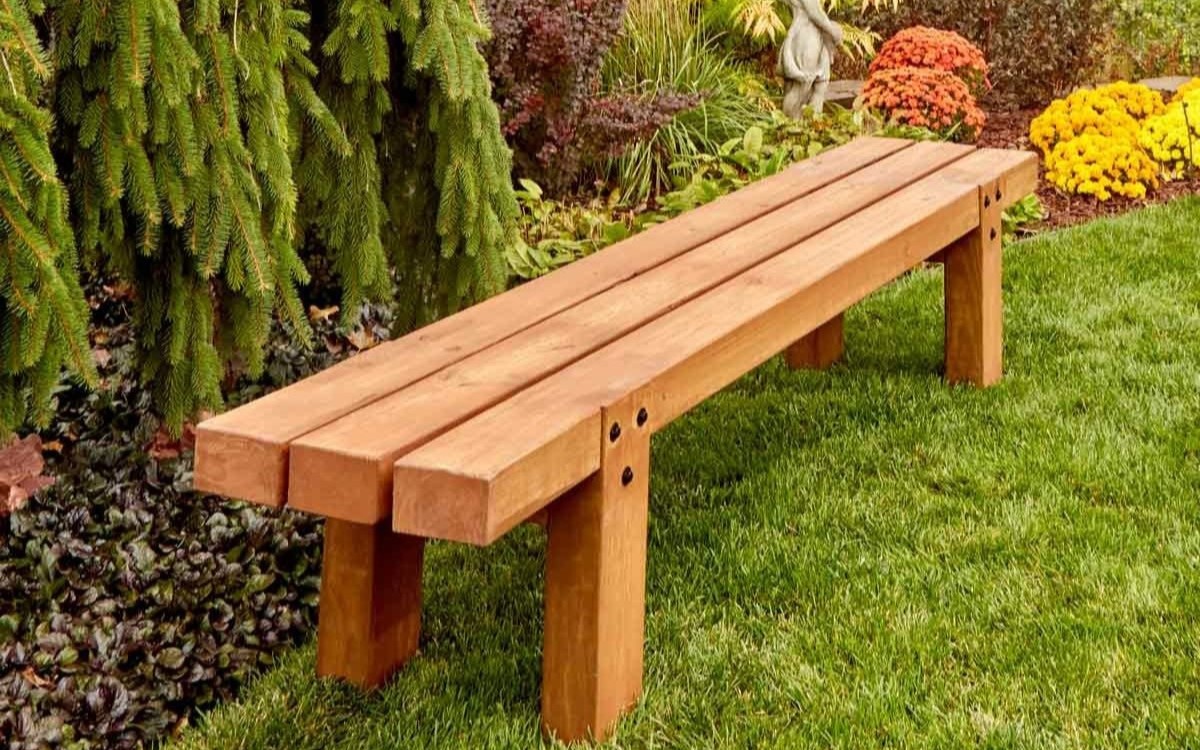

Outdoor Furniture
How Should Lumber Be When Used For Outdoor Projects
Published: January 11, 2024
Discover the best practices for using lumber in outdoor furniture and design projects. Learn how to choose the right lumber for durable and long-lasting outdoor pieces.
(Many of the links in this article redirect to a specific reviewed product. Your purchase of these products through affiliate links helps to generate commission for Storables.com, at no extra cost. Learn more)
Introduction
When it comes to outdoor furniture and design projects, the choice of lumber is a critical decision that directly impacts the longevity and aesthetic appeal of the final product. The outdoor environment presents unique challenges for wood, including exposure to moisture, temperature fluctuations, and the relentless assault of the elements. Therefore, selecting the right type of lumber and treating it appropriately is essential to ensure that your outdoor projects stand the test of time.
In this comprehensive guide, we will explore the various types of lumber commonly used for outdoor projects, including pressure-treated lumber, cedar, redwood, and tropical hardwoods. We will delve into the characteristics and benefits of each type, helping you make an informed decision based on your specific project requirements. Additionally, we will discuss the importance of choosing the right grade of lumber, preparing the wood for outdoor use, and implementing proper installation and maintenance practices to maximize the lifespan of your outdoor creations.
Whether you are embarking on a backyard deck construction, crafting a charming picnic table, or designing an inviting outdoor seating area, understanding the nuances of outdoor lumber selection and care is paramount. By the end of this guide, you will be equipped with the knowledge and insights needed to make sound lumber choices and ensure the durability and beauty of your outdoor projects for years to come. So, let's dive into the world of outdoor lumber and unleash the potential of your outdoor designs.
Key Takeaways:
- Choose the right lumber like pressure-treated, cedar, or tropical hardwoods for outdoor projects based on durability, aesthetics, and environmental resilience. Proper care and maintenance are crucial for preserving the wood’s natural beauty and longevity.
- Select the grade of lumber, such as clear, construction, or appearance grade, to align with your outdoor project’s objectives and budget. Prepare the lumber by addressing moisture content, sealing, and hardware selection to fortify it against the elements.
Types of Lumber for Outdoor Projects
When it comes to outdoor projects, not all lumber is created equal. Different types of wood offer varying levels of durability, resistance to decay, and overall aesthetic appeal. Understanding the characteristics of each type of lumber is crucial for making informed decisions based on the specific requirements of your outdoor project.
Here are the primary types of lumber commonly used for outdoor projects:
- Pressure Treated Lumber: This type of lumber undergoes a preservative treatment process to enhance its resistance to decay, rot, and insect damage. Pressure treated lumber is a popular choice for outdoor projects such as decks, fences, and retaining walls due to its durability and cost-effectiveness.
- Cedar and Redwood: Known for their natural resistance to decay and insects, cedar and redwood are prized for their beauty and longevity. These softwood species are often used for outdoor furniture, pergolas, and exterior trim due to their attractive grain patterns and natural durability.
- Tropical Hardwoods: Exotic hardwoods such as teak, ipe, and mahogany are renowned for their exceptional durability and resistance to decay, making them ideal for outdoor applications. While tropical hardwoods are more expensive than other options, their unparalleled longevity and stunning appearance make them a coveted choice for premium outdoor projects.
Each type of lumber comes with distinct advantages and considerations, and the selection should be based on factors such as budget, desired aesthetics, and the specific environmental conditions the wood will be exposed to. By understanding the unique properties of each type of lumber, you can make an informed choice that aligns with your outdoor project goals and vision.
Pressure Treated Lumber
Pressure treated lumber is a versatile and widely used option for outdoor projects, prized for its exceptional durability and resistance to decay. The treatment process involves placing the wood in a pressurized cylinder, where preservatives are forced deep into the cellular structure of the lumber. This infusion of preservatives significantly enhances the wood’s ability to withstand moisture, fungal decay, and insect damage, making it an ideal choice for outdoor applications.
One of the primary benefits of pressure treated lumber is its cost-effectiveness. It provides a durable and long-lasting solution at a relatively affordable price point, making it a popular choice for outdoor decks, fences, and structural components. Additionally, pressure treated lumber is available in a variety of dimensions and profiles, catering to a wide range of project requirements.
It is important to note that there are different levels of treatment available for pressure treated lumber, categorized as Ground Contact, Above Ground, and Marine Grade. The specific treatment level should be selected based on the intended use and the degree of exposure to moisture and soil contact. For instance, lumber used for direct ground contact applications, such as fence posts or retaining walls, should be treated to withstand the harshest conditions.
While pressure treated lumber offers exceptional durability, it is essential to follow recommended installation practices to maximize its longevity. This includes using corrosion-resistant fasteners and hardware, as well as applying an appropriate sealer or stain to protect the wood from UV exposure and moisture infiltration. Regular maintenance, such as cleaning and resealing the wood as needed, is also crucial for preserving the appearance and structural integrity of pressure treated lumber.
When utilizing pressure treated lumber for outdoor projects, it is vital to adhere to safety guidelines during cutting and handling. Proper protective equipment, such as gloves and a dust mask, should be used when working with treated wood to minimize exposure to preservative chemicals. Additionally, any cut ends or drilled holes in pressure treated lumber should be treated with a suitable preservative to maintain the wood’s resistance to decay.
Overall, pressure treated lumber stands as a reliable and practical choice for outdoor projects, offering durability, versatility, and cost-effectiveness. By understanding the treatment levels and implementing proper installation and maintenance practices, you can harness the full potential of pressure treated lumber for a wide array of outdoor applications.
Cedar and Redwood
Cedar and redwood are revered for their natural beauty, exceptional durability, and resistance to decay, making them sought-after choices for a variety of outdoor projects. These softwood species possess inherent qualities that make them well-suited for applications where aesthetics and longevity are paramount.
Cedar: Western red cedar is a popular choice for outdoor furniture, decking, siding, and other exterior applications. Its natural resistance to decay, insect infestation, and moisture make it well-suited for outdoor use without the need for chemical treatment. Cedar’s distinct reddish-brown hue, coupled with its fine grain and aromatic scent, adds a touch of rustic elegance to outdoor spaces, making it a favorite among homeowners and designers alike.
Redwood: Known for its rich, reddish-brown color and remarkable durability, redwood is a prized material for outdoor projects such as decks, pergolas, and garden structures. Like cedar, redwood contains natural oils and tannins that act as preservatives, enhancing its resistance to decay and insect damage. Its striking appearance, coupled with its ability to weather gracefully over time, makes redwood a timeless choice for outdoor applications.
Both cedar and redwood offer dimensional stability, meaning they are less prone to warping, twisting, or shrinking when exposed to fluctuating outdoor conditions. This attribute makes them reliable options for outdoor furniture, decking, and siding, ensuring that the finished products maintain their structural integrity and visual appeal over the years.
When utilizing cedar or redwood for outdoor projects, it is essential to consider the grade and cut of the lumber. Clear, vertical grain lumber is prized for its uniform appearance and superior resistance to decay, making it an excellent choice for high-end outdoor furniture and decorative elements. Additionally, the use of stainless steel or corrosion-resistant fasteners is recommended to prevent unsightly staining caused by reactions with the wood’s natural extractives.
Proper maintenance, such as regular cleaning and the application of a protective finish, can further enhance the longevity and beauty of cedar and redwood outdoor creations. While these woods possess natural resistance to decay, periodic reapplication of a UV-resistant sealant or stain can help preserve their color and protect them from the effects of prolonged sun exposure.
Ultimately, cedar and redwood stand as enduring choices for outdoor projects, offering a harmonious blend of natural beauty, durability, and resistance to the elements. By leveraging the unique attributes of these woods and implementing appropriate maintenance practices, you can create outdoor spaces that exude timeless charm and enduring quality.
Tropical Hardwoods
When it comes to unparalleled durability and exquisite beauty in outdoor applications, tropical hardwoods stand out as exceptional choices. These exotic woods, including teak, ipe, and mahogany, are renowned for their remarkable resistance to decay, insect infestation, and the rigors of outdoor exposure, making them prized materials for premium outdoor projects.
Teak: Widely celebrated for its natural oils and high silica content, teak is a top-tier choice for outdoor furniture, decking, and marine applications. Its innate resistance to moisture, rot, and decay, coupled with its stunning golden-brown hue that weathers to an elegant silver patina, makes teak a coveted material for outdoor environments. Teak is often used in luxury outdoor settings, where its exceptional durability and timeless appeal shine through.
Ipe: Also known as Brazilian walnut, ipe is revered for its extreme hardness, density, and resistance to decay and insects. Its deep brown color and fine grain lend a sense of sophistication to outdoor decks, boardwalks, and exterior structures. Ipe’s exceptional durability and low maintenance requirements make it a popular choice for outdoor projects where longevity and visual impact are paramount.
Mahogany: With its rich reddish-brown hue and natural resistance to decay, mahogany is a classic choice for outdoor furniture, decking, and decorative elements. While not as dense as teak or ipe, mahogany offers excellent workability and dimensional stability, making it a versatile option for outdoor applications that require a balance of beauty and durability.
One of the distinguishing features of tropical hardwoods is their exceptional hardness and density, which contribute to their resistance to wear, denting, and scratching in outdoor settings. This attribute makes them well-suited for high-traffic areas such as outdoor decks, patios, and walkways, where durability and longevity are paramount considerations.
While the initial cost of tropical hardwoods may be higher than other lumber options, their unparalleled longevity and resistance to decay justify the investment for discerning outdoor projects. Additionally, the distinct grain patterns, rich colors, and elegant aging characteristics of tropical hardwoods add a touch of luxury and sophistication to outdoor spaces, elevating the overall aesthetic appeal.
Proper installation and maintenance are crucial for maximizing the performance and beauty of tropical hardwoods in outdoor settings. Stainless steel fasteners and specialized installation techniques tailored to the density of these woods are essential for ensuring structural integrity and longevity. Periodic application of a UV-resistant sealant or oil can help maintain the natural color and luster of tropical hardwoods, allowing them to age gracefully while retaining their exceptional properties.
In essence, tropical hardwoods represent the pinnacle of outdoor lumber choices, offering unmatched durability, natural beauty, and longevity. By harnessing the inherent qualities of these extraordinary woods and implementing proper care and maintenance, you can create outdoor spaces that exude opulence, resilience, and timeless allure.
When using lumber for outdoor projects, choose pressure-treated or rot-resistant wood to ensure durability and longevity. Regularly apply a weatherproof sealant to protect the wood from moisture and UV damage.
Choosing the Right Grade of Lumber
When embarking on an outdoor project, selecting the appropriate grade of lumber is crucial for achieving the desired structural integrity, aesthetics, and longevity. Lumber grades are classifications that denote the quality and appearance of the wood, helping consumers make informed choices based on their specific project requirements and budget considerations.
Here are the primary lumber grades commonly utilized for outdoor projects:
- Clear Grade: Clear grade lumber exhibits minimal to no knots, providing a pristine appearance and exceptional resistance to decay. This grade is often selected for high-end outdoor furniture, decorative elements, and visible structural components where a flawless finish is desired.
- Construction Grade: Construction grade lumber, also known as common grade, features knots, grain variations, and natural imperfections. While it may not possess the pristine appearance of clear grade lumber, it offers structural reliability and is commonly used for framing, decking, and other non-visible elements of outdoor projects.
- Appearance Grade: This grade strikes a balance between clear and construction grades, offering a blend of visual appeal and structural soundness. Appearance grade lumber is often chosen for outdoor applications where both aesthetics and performance are important, such as exterior trim, railing components, and visible structural elements.
When selecting the grade of lumber for an outdoor project, several factors should be considered, including the intended use of the wood, the desired visual impact, and the level of exposure to the elements. For instance, clear grade lumber may be preferred for crafting a showcase outdoor dining table, where flawless aesthetics take precedence, while construction grade lumber may be suitable for building a sturdy outdoor deck frame where appearance is less critical.
It’s important to note that the grade of lumber also influences the overall cost of the project. Clear grade lumber, due to its pristine appearance and higher quality, typically commands a premium price, making it an ideal choice for visible, high-impact elements of outdoor designs. Conversely, construction grade lumber, with its focus on structural reliability, offers a cost-effective solution for framing and foundational components of outdoor projects.
By carefully evaluating the specific requirements of the outdoor project and weighing the trade-offs between appearance, structural integrity, and budget, you can make an informed decision when choosing the right grade of lumber. Whether aiming for a flawless, high-end outdoor aesthetic or prioritizing cost-effective, reliable construction, aligning the grade of lumber with the project’s objectives is essential for achieving the desired outcome.
Preparing Lumber for Outdoor Use
Preparing lumber for outdoor use is a critical step that directly impacts its longevity, stability, and resistance to the elements. Proper preparation involves addressing potential vulnerabilities of the wood, such as moisture absorption, UV exposure, and susceptibility to decay, to ensure that it can withstand the rigors of the outdoor environment.
Here are essential steps to prepare lumber for outdoor use:
- Moisture Content: Before commencing outdoor construction or installation, it is crucial to ensure that the moisture content of the lumber is suitable for the intended application. Wood with excessively high moisture content is prone to warping, twisting, and dimensional instability when exposed to outdoor conditions. Conversely, wood with excessively low moisture content may be susceptible to cracking and brittleness. Therefore, acclimating the lumber to the outdoor environment and achieving the appropriate moisture equilibrium is vital for long-term performance.
- Sealing and Staining: Applying a high-quality sealant or wood preservative is essential for protecting the lumber from moisture infiltration, fungal decay, and UV degradation. Sealants create a protective barrier that helps prevent water penetration, while UV-resistant stains shield the wood from the damaging effects of sunlight, preserving its color and integrity. Properly sealing and staining the lumber prior to installation significantly enhances its resistance to the elements and prolongs its lifespan.
- End Grain Sealing: The end grain of lumber, where the growth rings are exposed, is particularly susceptible to moisture absorption and decay. Sealing the end grain with a suitable wood sealer or epoxy helps mitigate these vulnerabilities, reducing the risk of rot and ensuring the long-term stability of the wood.
- Hardware Considerations: Selecting corrosion-resistant fasteners, hinges, and connectors is essential for outdoor applications, as standard metal hardware may succumb to rust and deterioration over time. Stainless steel, hot-dipped galvanized, or specially coated hardware is recommended to ensure structural integrity and longevity in outdoor environments.
- Proper Ventilation: When constructing outdoor structures or furniture, incorporating adequate ventilation and drainage features is crucial for mitigating moisture buildup and preventing the entrapment of water within the wood. Proper airflow and drainage help safeguard the lumber against decay and prolong its service life.
By diligently preparing lumber for outdoor use and addressing its inherent vulnerabilities through acclimation, sealing, and hardware selection, you can fortify the wood against the challenges posed by the outdoor environment. These proactive measures not only enhance the performance and longevity of outdoor projects but also contribute to the preservation of the wood’s natural beauty and structural integrity over time.
Proper Installation and Maintenance
Ensuring the proper installation and ongoing maintenance of outdoor lumber is essential for maximizing its durability, structural integrity, and visual appeal. From meticulous construction practices to regular care and preservation, these measures play a pivotal role in safeguarding the wood against the relentless forces of nature and preserving its beauty for years to come.
Here are key considerations for the proper installation and maintenance of outdoor lumber:
- Structural Integrity: When installing outdoor structures, decks, or furniture, adherence to industry-approved construction standards and best practices is crucial for ensuring structural stability and safety. Proper fastening, anchoring, and support techniques tailored to the specific characteristics of the lumber are essential for creating durable and reliable outdoor installations.
- Appropriate Clearances: Providing adequate clearance between the lumber and surrounding surfaces, such as the ground, walls, or adjacent structures, is vital for promoting airflow, minimizing moisture entrapment, and preventing premature decay. Proper clearances also facilitate maintenance activities and help preserve the integrity of the wood.
- Regular Inspection: Periodic inspection of outdoor lumber installations is paramount for identifying signs of wear, damage, or deterioration. This proactive approach allows for timely intervention to address issues such as loose fasteners, surface damage, or structural shifts, preventing potential hazards and preserving the longevity of the wood.
- Cleaning and Refinishing: Regular cleaning of outdoor lumber surfaces, using mild soap and water or specialized wood cleaners, helps remove dirt, debris, and organic matter that can compromise the wood’s appearance and performance. Additionally, refinishing the lumber with a UV-resistant sealant or stain as needed helps maintain its color, protect it from UV rays, and prolong its lifespan.
- Seasonal Considerations: Outdoor lumber is subject to seasonal fluctuations in temperature, humidity, and exposure to the elements. Adapting maintenance practices based on seasonal changes, such as addressing snow accumulation in winter or adjusting watering schedules near wooden structures in summer, helps mitigate potential risks and preserve the wood’s condition.
By prioritizing meticulous installation practices and implementing a proactive maintenance regimen, you can safeguard outdoor lumber installations against environmental challenges and ensure their enduring performance and visual appeal. This dedicated approach not only enhances the longevity of outdoor projects but also fosters a welcoming and well-maintained outdoor environment for leisure and relaxation.
Conclusion
Choosing the right lumber for outdoor projects and nurturing it through proper preparation, installation, and maintenance are pivotal steps in creating enduring and captivating outdoor spaces. The selection of lumber, whether pressure treated, cedar, redwood, or tropical hardwoods, hinges on a delicate balance of durability, aesthetics, and environmental resilience. Understanding the unique properties of each type of lumber empowers outdoor enthusiasts and designers to make informed choices that align with their project aspirations and environmental considerations.
Furthermore, the grade of lumber plays a significant role in shaping the structural integrity and visual impact of outdoor constructions and furniture. Whether aiming for flawless aesthetics, reliable structural support, or a harmonious blend of both, aligning the grade of lumber with the project’s objectives is essential for achieving the desired outcome within budget constraints.
Additionally, the meticulous preparation and ongoing care of outdoor lumber are paramount for fortifying it against the elements and preserving its natural beauty. From acclimating the wood to the outdoor environment to selecting corrosion-resistant hardware and implementing regular maintenance practices, these measures are instrumental in ensuring the longevity and visual allure of outdoor lumber installations.
In essence, the journey of outdoor lumber from selection to installation and maintenance is a testament to the harmonious coexistence of nature’s raw beauty and human craftsmanship. By embracing the nuances of outdoor lumber and nurturing it with care and expertise, outdoor enthusiasts and designers can create captivating, enduring spaces that beckon with warmth, resilience, and timeless charm.
So, whether you are envisioning a tranquil garden retreat, a vibrant outdoor dining area, or a captivating deck overlooking scenic vistas, the thoughtful selection and conscientious care of outdoor lumber will serve as the cornerstone of your vision, bringing it to life with enduring splendor and unwavering grace.
Frequently Asked Questions about How Should Lumber Be When Used For Outdoor Projects
Was this page helpful?
At Storables.com, we guarantee accurate and reliable information. Our content, validated by Expert Board Contributors, is crafted following stringent Editorial Policies. We're committed to providing you with well-researched, expert-backed insights for all your informational needs.

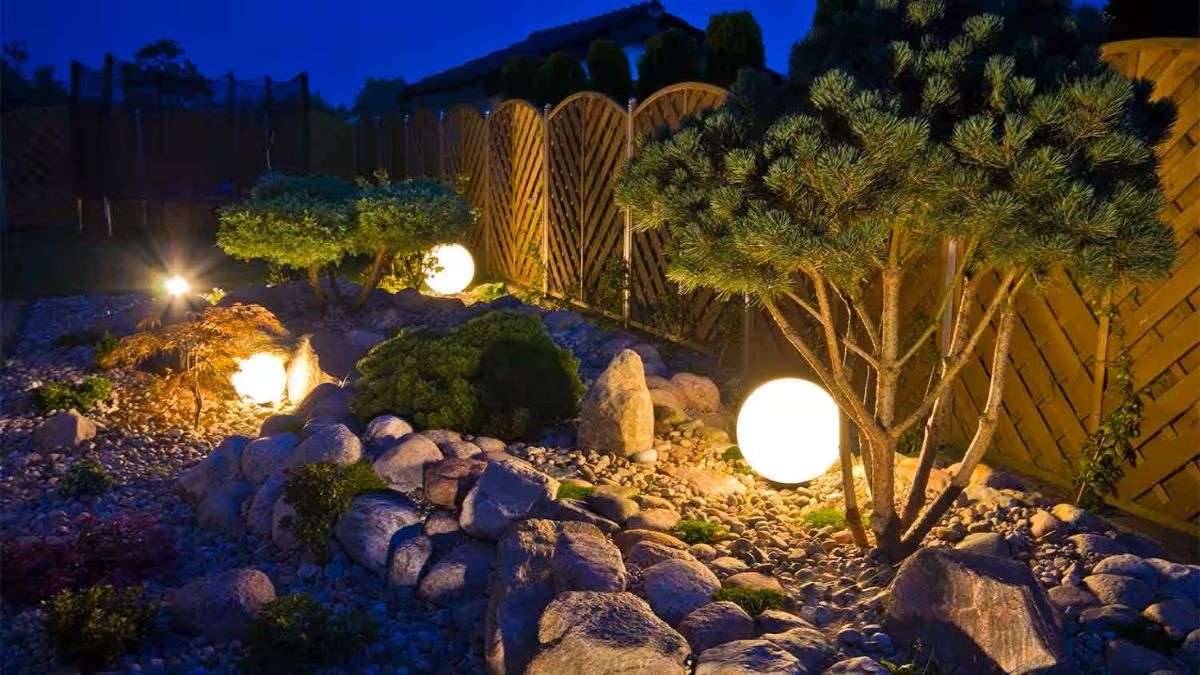
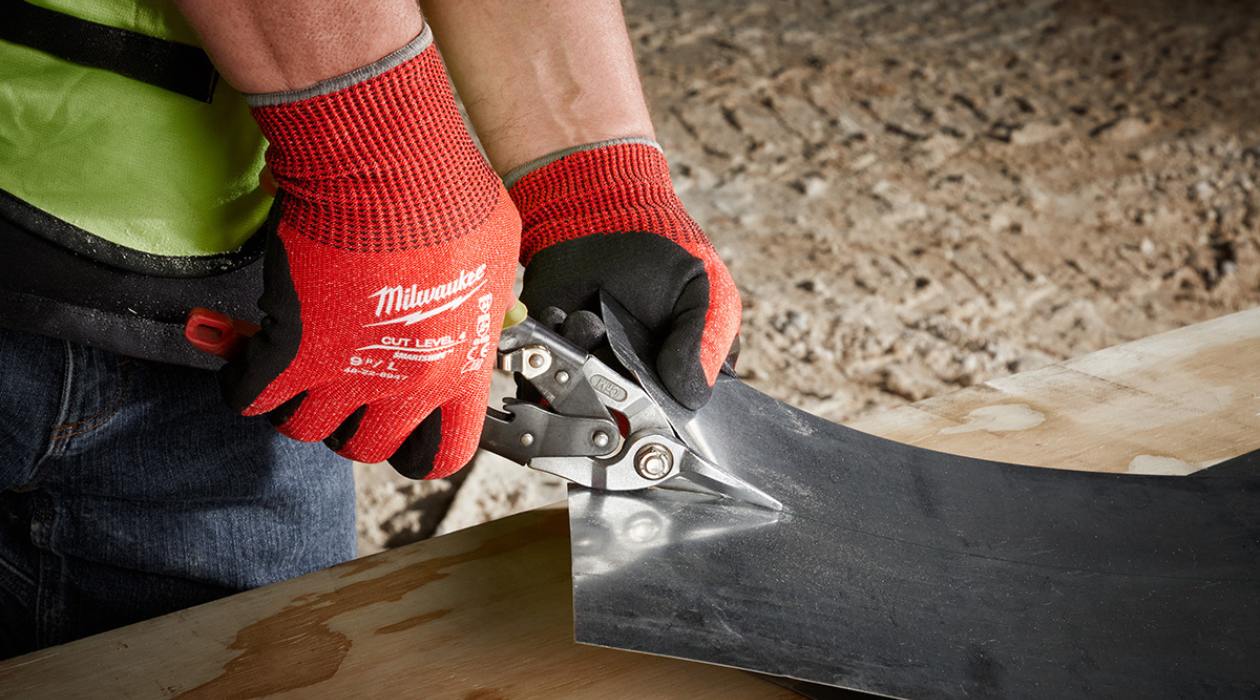
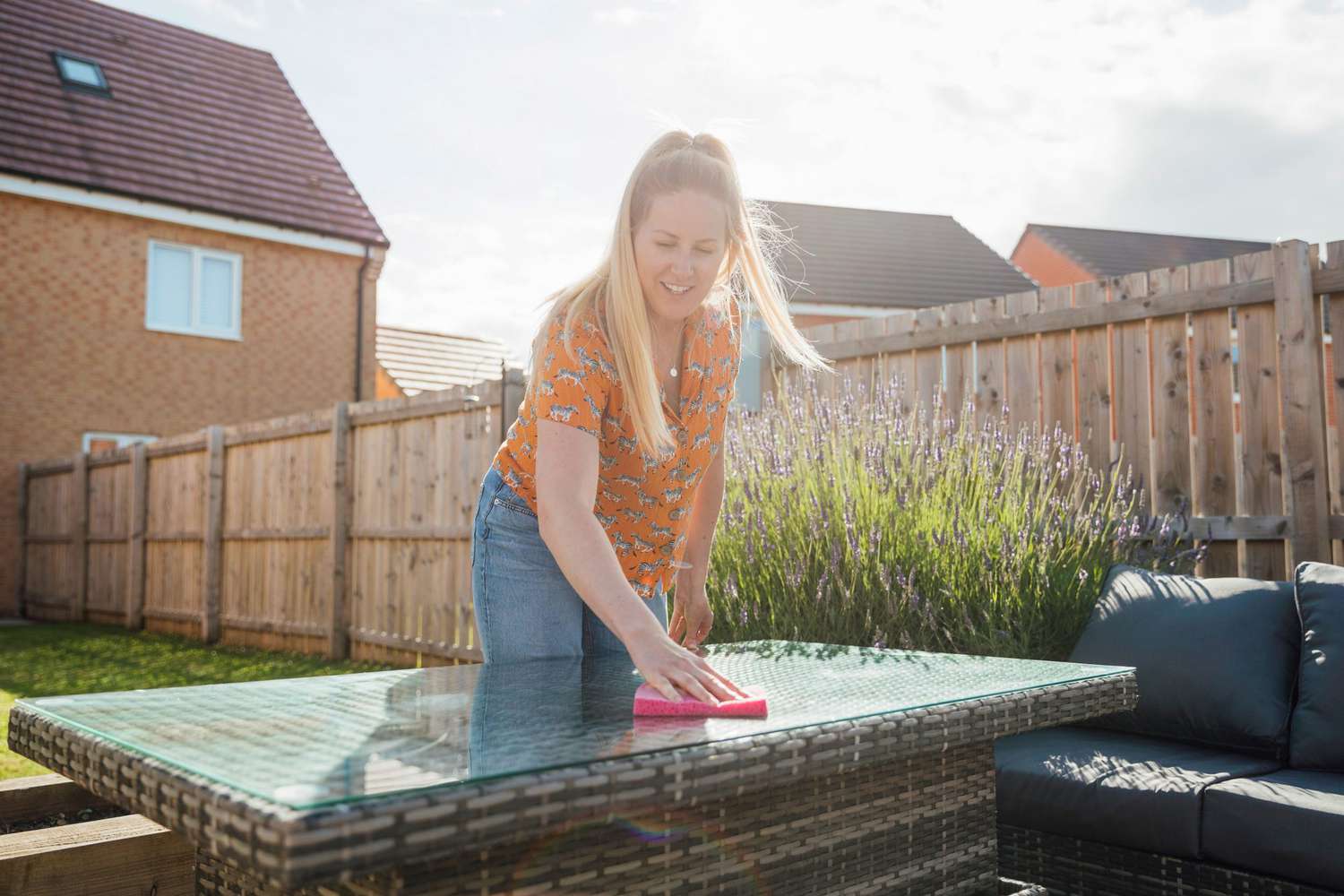


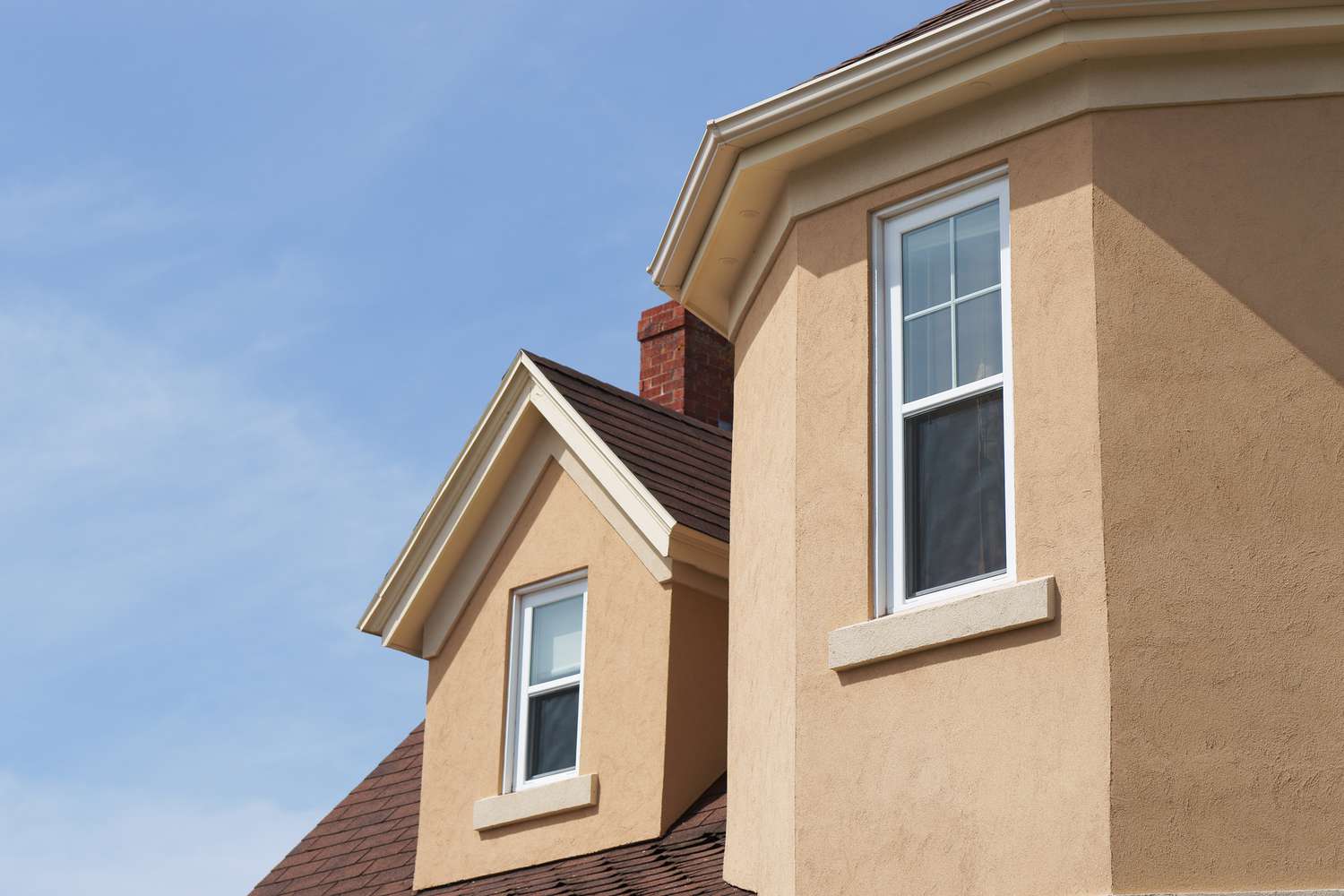
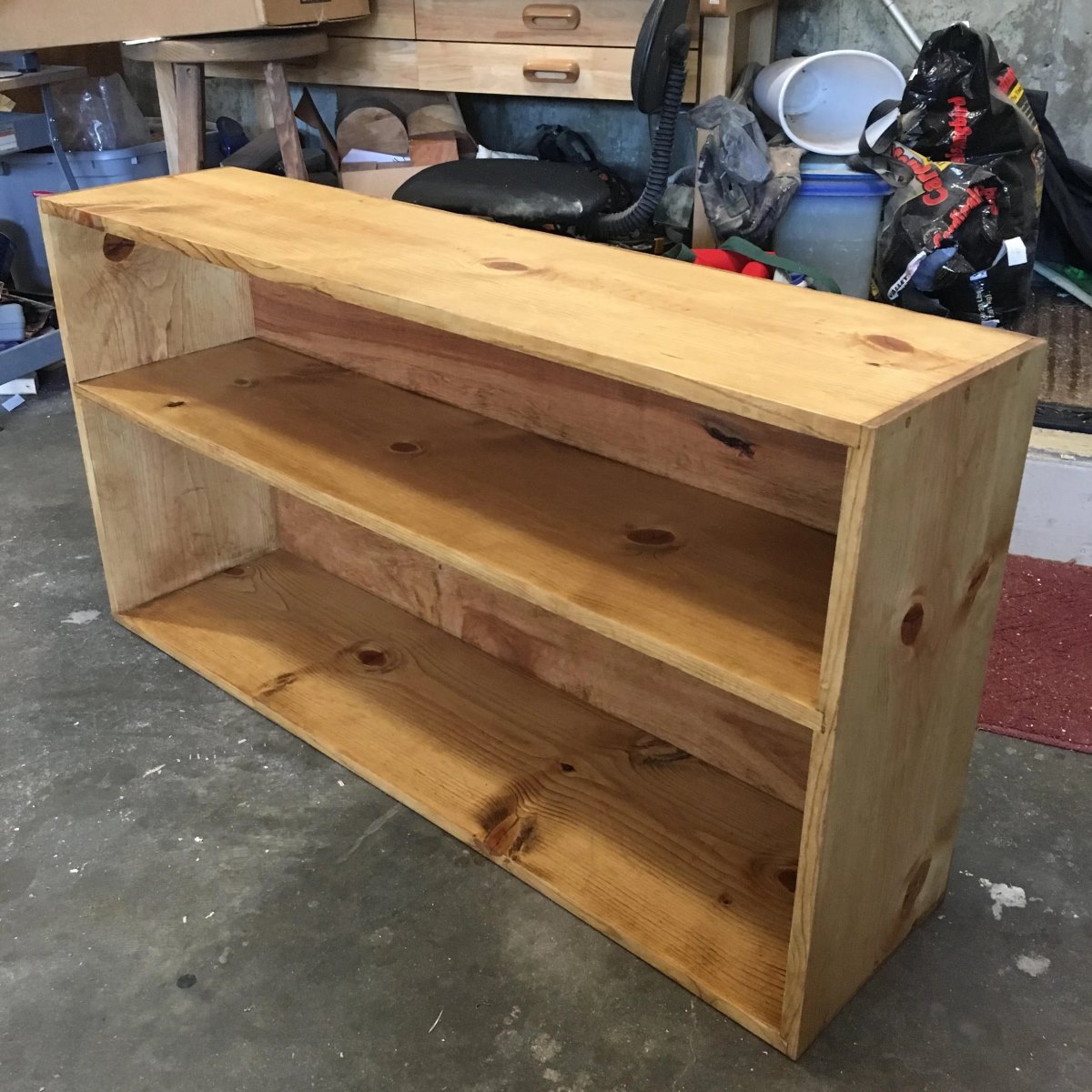
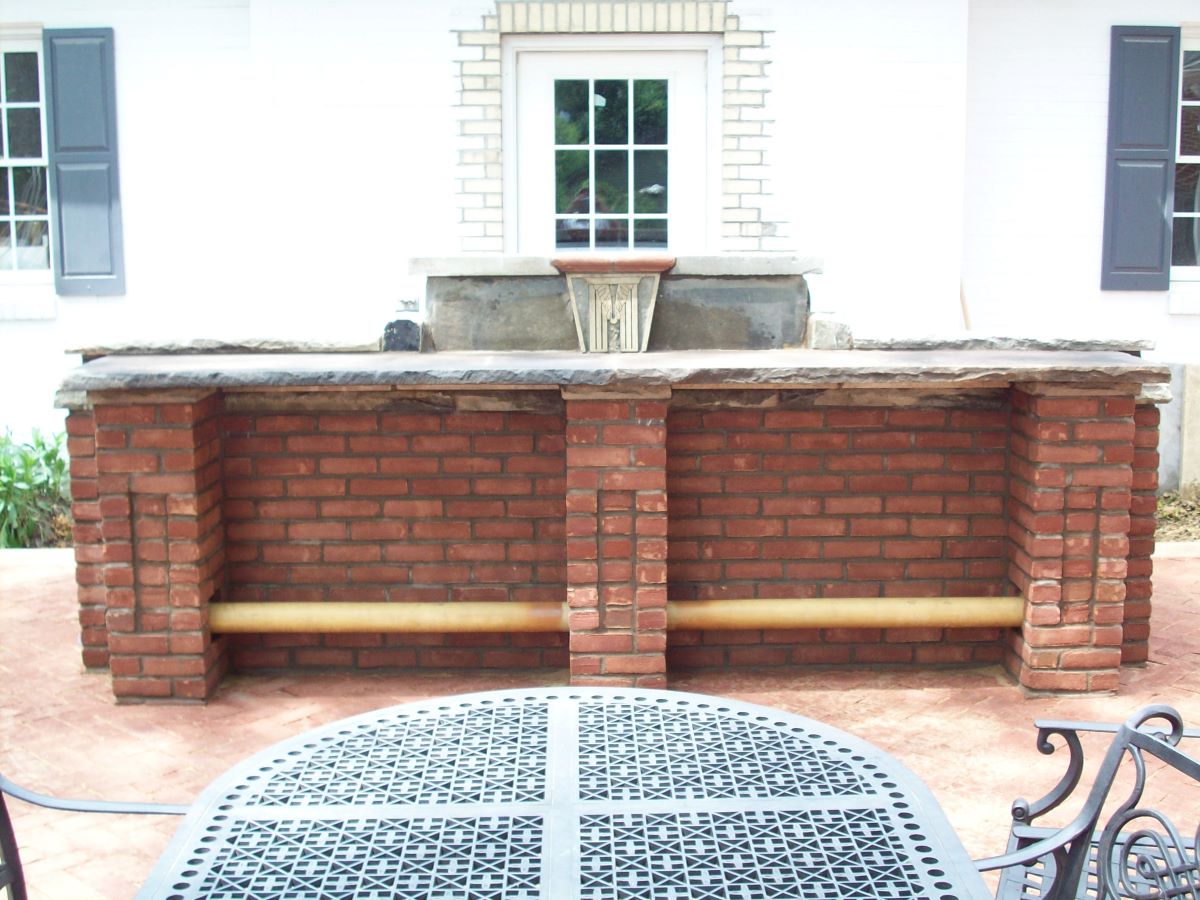
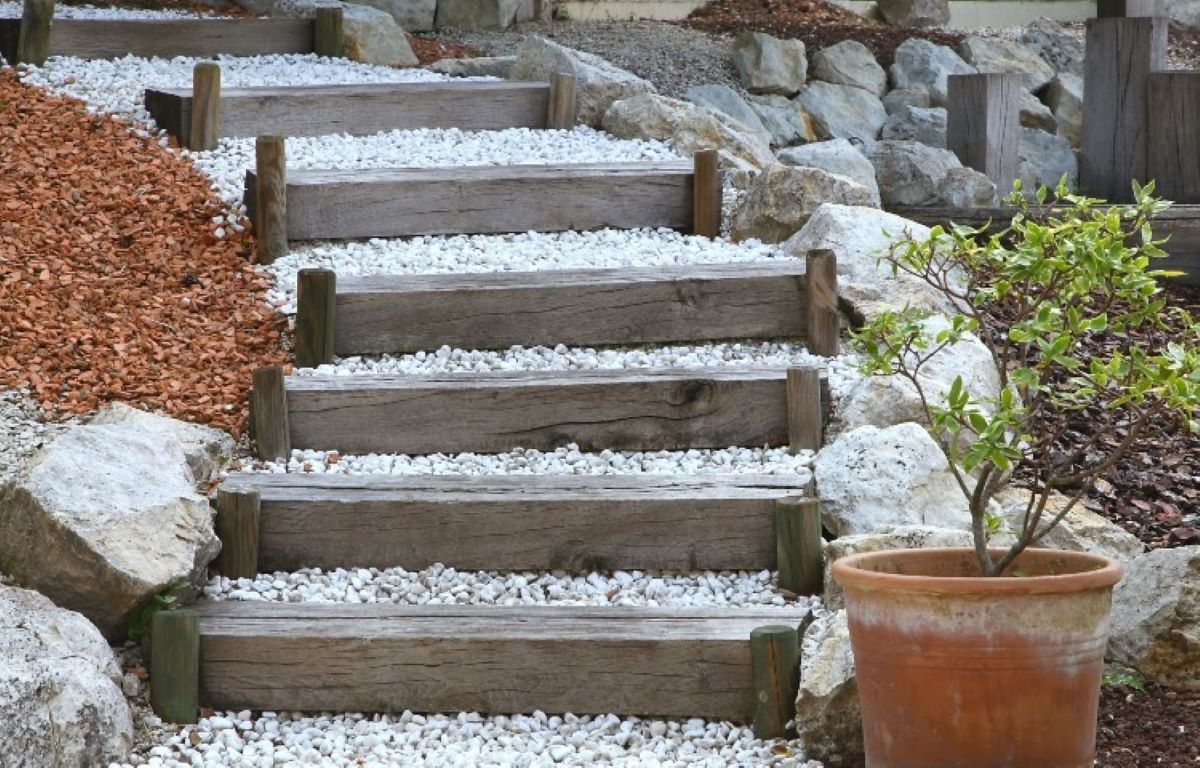
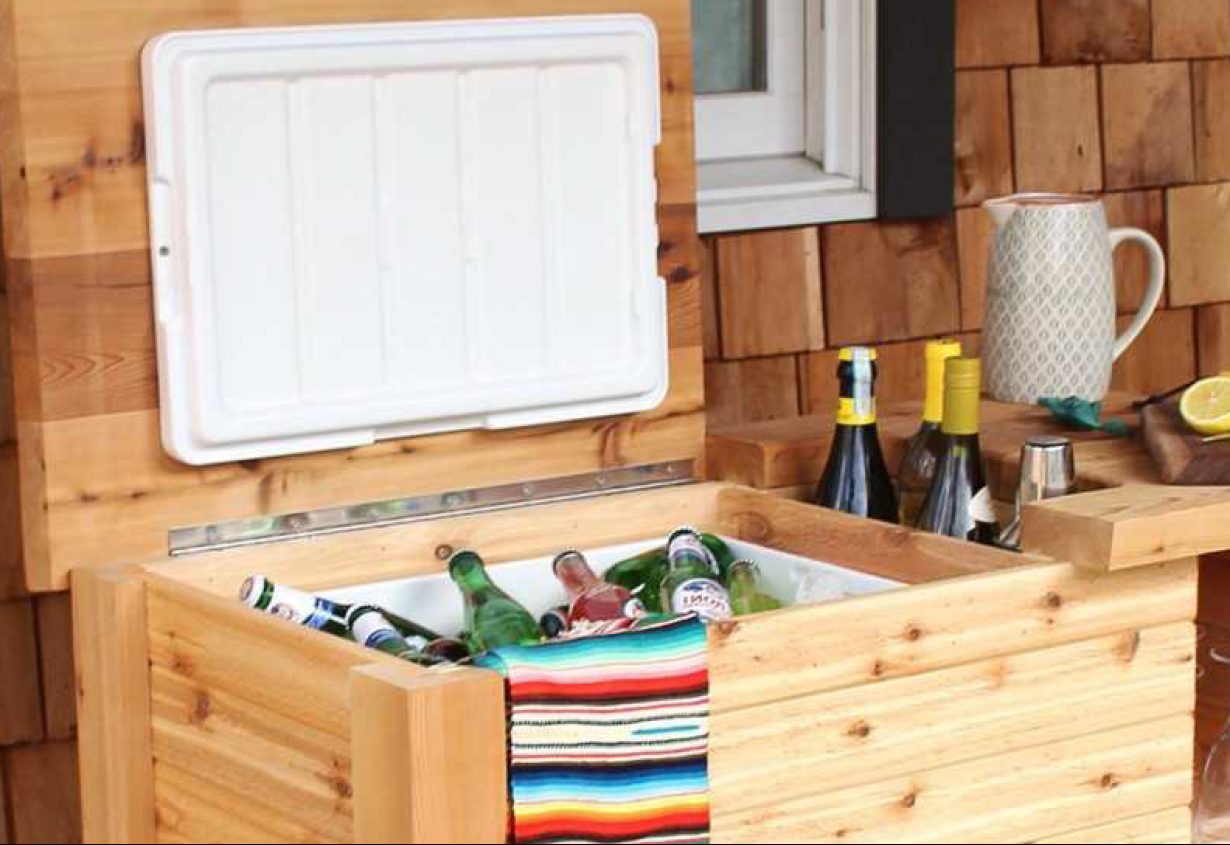
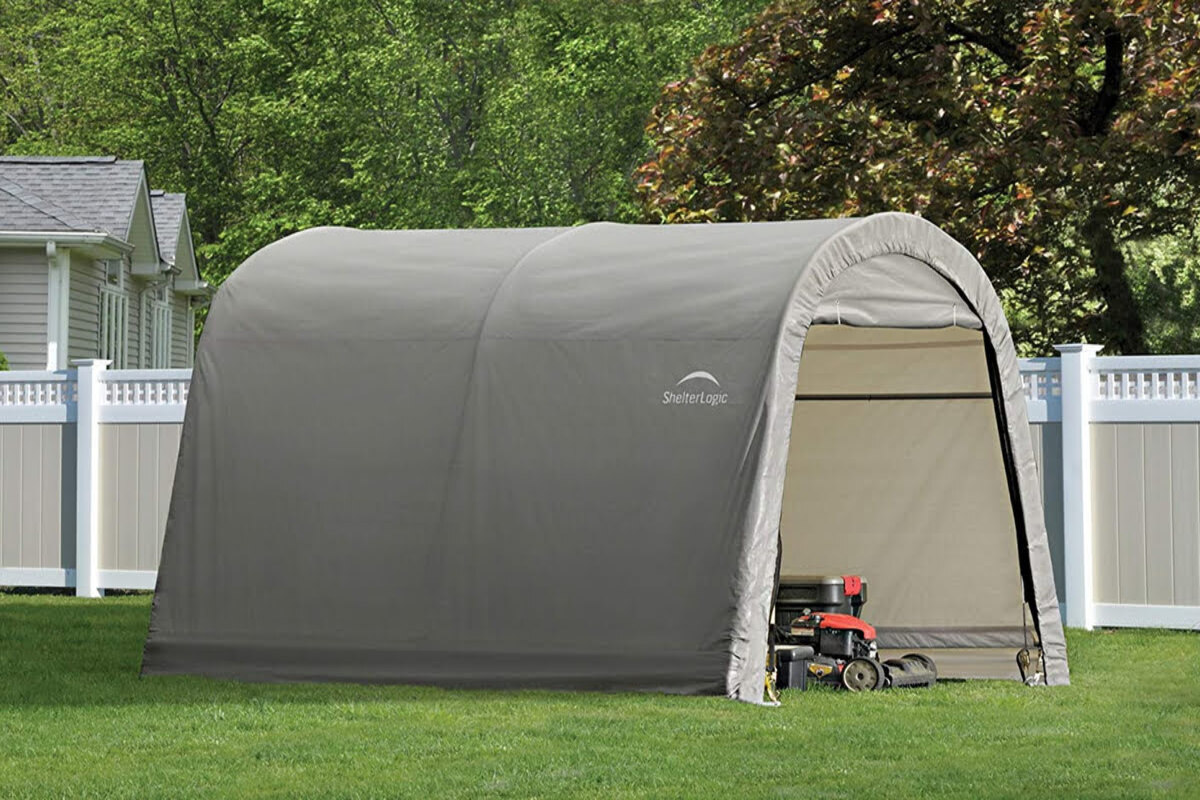
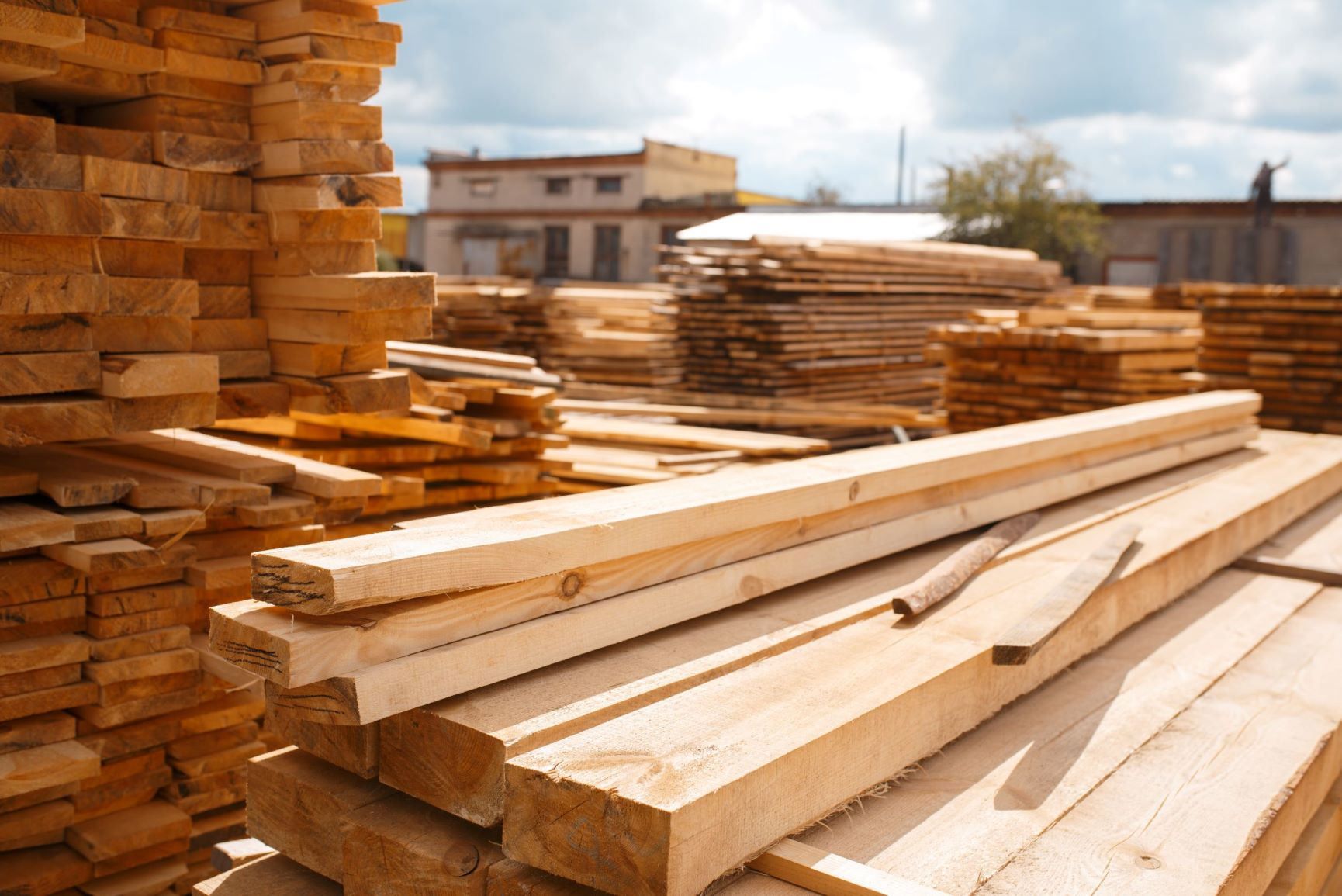


0 thoughts on “How Should Lumber Be When Used For Outdoor Projects”